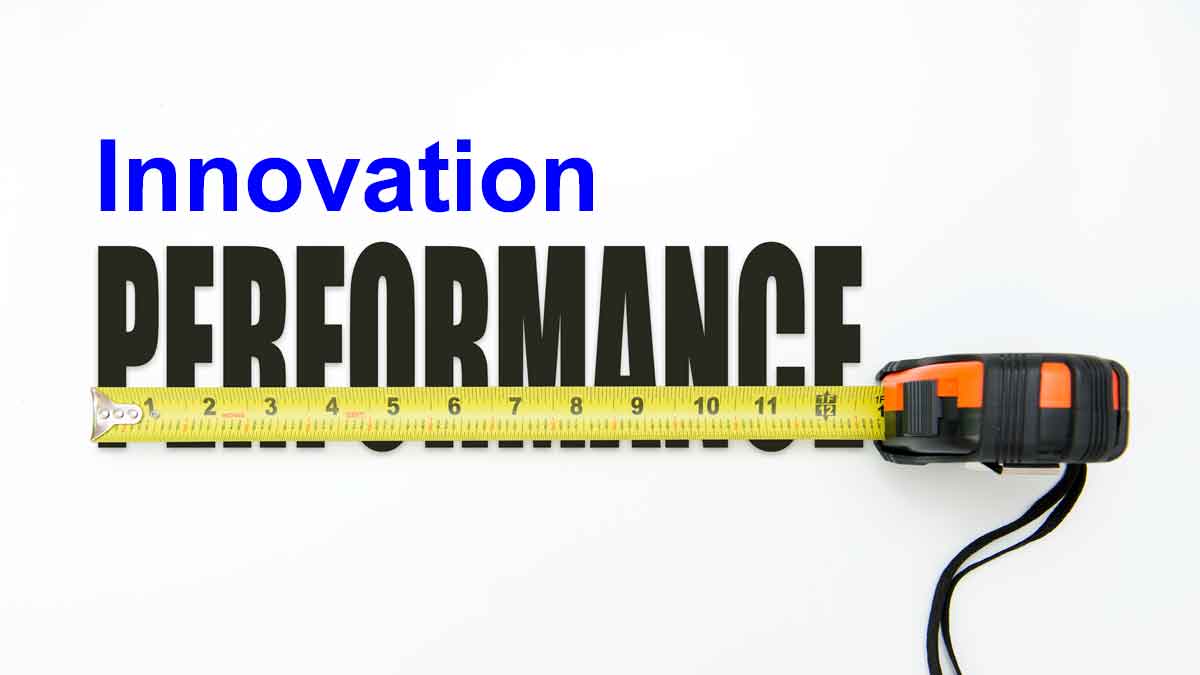Lagging indicators can be useful, so long as too much time doesn’t pass between your correcting action and the result you want to measure. In this regard, the Vitality index–% of revenue from new products—fails miserably. Improvements you make in the front end of innovation could take years to register a significant impact on revenue.
Don’t discard your Vitality Index, but do supplement it with new metrics, such as the Growth Driver Index (GDI) and Commercial Confidence Index (CDI). Otherwise your new product “furnace” will stay cold far too long. This 2-minute video explains further: Employ new growth metrics.
More in white paper, New Innovation Metrics
Strong intermediate (vs. ultimate) innovation metrics share these qualities: 1. Insightful: They help firms understand relationships between cause and effect. 2. Predictive: They measure behavior that will foretell ultimate success. 3. Actionable: Their short “feedback loop” allows rapid adjustments to be made. Are you using such metrics?
Read more in the article, 3 Problems with Innovation Metrics
(Originally published in B2B Organic Growth newsletter).
When you turn up your thermostat, the temperature rises to the set point and quickly shuts off your furnace. Imagine if you had an 8-hour “feedback loop” before your furnace got the message. Even if you try new VOC approaches in the front end—but all your metrics occur after product launch—your feedback loop takes years. That’s no way to improve, is it?
More in article, 3 Problems with Innovation Metrics (Originally published in B2B Organic Growth Newsletter).



